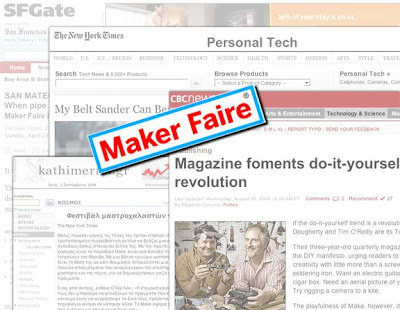 This is weird, because I already thought this was possible, as it just seems fair, and similar to other areas of tax practice. Anyway, the gist of it is that the AAM worked with Senators to draft a bill that would enable artists to get a tax deduction when they donate their work to a museum. This has been before the legislature 5 times! Let's get it passed now. Here's the skinny from the AAM:
This is weird, because I already thought this was possible, as it just seems fair, and similar to other areas of tax practice. Anyway, the gist of it is that the AAM worked with Senators to draft a bill that would enable artists to get a tax deduction when they donate their work to a museum. This has been before the legislature 5 times! Let's get it passed now. Here's the skinny from the AAM: "Artist Museum Partnership Act Introduced The Artist-Museum Partnership Act of 2009 - S. 405, sponsored by Senators Patrick Leahy (D-VT) and Robert Bennett (R-UT) and H.R. 1126, sponsored by Representatives John Lewis (D-GA) and Todd Platts (R-PA) - would allow a fair market value tax deduction for charitable contributions of literary, musical, artistic, or scholarly compositions to collecting institutions such as museums, libraries, and archives. In the 110th Congress, the House version of the bill had 111 cosponsors; a similar Senate bill has passed the Senate five times in previous Congresses. Now that a new Congress is under way, cosponsors are needed to help advance this legislation. AAM worked with the Association of Art Museum Directors to provide this draft letter that you can use to encourage your legislators to co-sponsor the bill. With just a few clicks here, you can help move this legislation forward."










